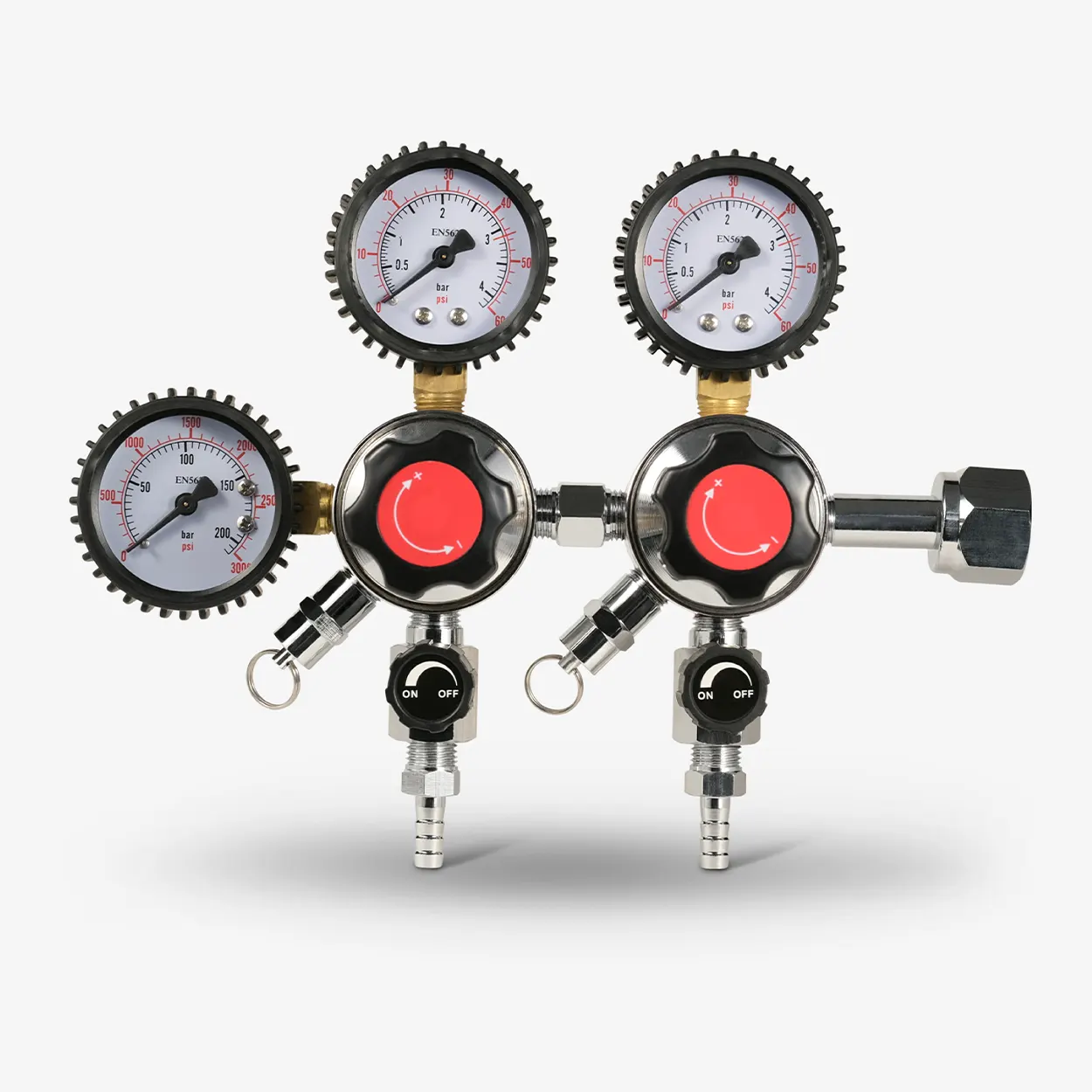

Articles
Turning Co2 Off When Not Using Kegerator
Modified: October 19, 2024
Save energy and reduce carbon emissions with our informative articles on turning off CO2 when not using your kegerator. Learn valuable tips and tricks to maximize efficiency and minimize environmental impact.
(Many of the links in this article redirect to a specific reviewed product. Your purchase of these products through affiliate links helps to generate commission for Storables.com, at no extra cost. Learn more)
Introduction
In today’s world, where environmental consciousness is on the rise, it is important to consider every aspect of our daily lives that has an impact on the planet. One area that often goes unnoticed is the use of carbon dioxide (CO2) in kegerators. Kegerators, popular among beer enthusiasts and bar owners, rely on CO2 to dispense draft beer. However, it is crucial to understand the importance of turning off the CO2 when the kegerator is not in use.
While it may seem like a small action, turning off the CO2 when not using a kegerator has significant benefits, both for the environment and for your wallet. By taking this simple step, you can contribute to the reduction of greenhouse gas emissions and minimize the consumption of valuable resources. In this article, we will delve into the reasons why you should turn off CO2 when not using a kegerator and explore the steps to do so effectively.
Key Takeaways:
- Turning off CO2 in your kegerator when not in use reduces carbon emissions, conserves energy, and sets a sustainable example for others, contributing to a greener planet and lower utility bills.
- Dispelling misconceptions about turning off CO2, such as loss of carbonation and inconvenience, empowers individuals to embrace this simple, beneficial practice for the environment and their kegerator’s longevity.
Read more: How To Use A Kegerator Co2 Regulator
Why should you turn off CO2 when not using a kegerator?
Turning off the CO2 when your kegerator is not in use might seem like a minor detail, but it can have a significant impact. Here are some compelling reasons why you should make it a habit to turn off the CO2:
- Reducing carbon emissions: Carbon dioxide is a potent greenhouse gas that contributes to climate change. By turning off the CO2 when you’re not using your kegerator, you can help reduce your carbon footprint. Even small actions like this can add up to make a difference.
- Conserving energy: Most kegerators are equipped with a compressor that consumes energy to maintain the desired temperature. When the CO2 is turned off, the compressor doesn’t have to work as hard to cool the kegerator. This can result in energy savings and reduce your electricity bill.
- Prolonging CO2 tank life: CO2 tanks have a finite supply of carbon dioxide. By turning off the CO2 when not in use, you can extend the life of your CO2 tank, reducing the frequency of refills or replacements. This not only saves you money but also reduces the demand for CO2 production and transportation.
- Preventing accidental leaks: Leaving the CO2 on when your kegerator is not in use increases the risk of accidental leaks. These leaks can result in wasted CO2, which is not only environmentally detrimental but also costly. By turning off the CO2, you minimize the chances of leaks and ensure that your supply is reserved for when you actually need it.
- Setting a sustainable example: By incorporating environmentally friendly habits like turning off the CO2, you set a positive example for others. Friends, family, and guests who see you taking such actions may be inspired to adopt similar practices in their own lives, creating a ripple effect of sustainability.
Now that you understand the importance of turning off the CO2, let’s explore how to do it effectively.
The importance of conserving CO2
Conserving carbon dioxide (CO2) is crucial in today’s world, where environmental sustainability is a top priority. Here are several reasons why conserving CO2 is of utmost importance:
- Climate change mitigation: CO2 is a major greenhouse gas responsible for climate change. By conserving CO2, we can reduce the overall emissions and contribute to mitigating climate change’s adverse effects on our planet.
- Preserving natural resources: The production of CO2 requires natural resources such as fossil fuels and electricity. By conserving CO2, we minimize the need for excessive resource extraction, thereby preserving these finite resources for future generations.
- Protection of ecosystems: Climate change caused by excessive CO2 emissions has a severe impact on ecosystems worldwide. Conserving CO2 helps maintain the balance of ecosystems, ensuring the survival of various plant and animal species.
- Public health benefits: High levels of CO2 in the atmosphere contribute to air pollution, causing respiratory problems and other health issues. By conserving CO2, we can improve air quality and create a healthier living environment for ourselves and future generations.
- Financial savings: Conserving CO2 leads to reduced energy consumption, resulting in lower utility bills. By adopting sustainable practices, such as turning off CO2 when not using a kegerator, individuals and businesses can save money in the long run.
- Creating a sustainable future: Conserving CO2 is an investment in a sustainable future. It demonstrates our commitment to environmental stewardship, inspiring others to adopt eco-friendly habits and practices.
By understanding the importance of conserving CO2, we can make conscious choices in our daily lives to minimize our carbon footprint and contribute to a greener and more sustainable world.
Steps for turning off CO2 in a kegerator
Turning off the CO2 in a kegerator when it’s not in use is a simple but effective practice to minimize waste and promote sustainability. Here are the steps to follow:
- Verify the kegerator is not in use: Before turning off the CO2, ensure that the kegerator is not actively dispensing beer or carbonated beverages. It’s important to complete any ongoing pours before proceeding.
- Locate the CO2 tank: The CO2 tank is typically located on the back of the kegerator. It is a cylindrical metal container with a valve at the top.
- Turn off the CO2 regulator: The regulator is connected to the tank and controls the flow of CO2. Twist the adjustment knob counterclockwise until it is fully closed. This will cut off the supply of CO2 to the kegerator.
- Release the pressure: To relieve any remaining pressure in the system, open the faucet and allow the gas to escape. This step is crucial to prevent accidental leaks when disconnecting any components.
- Disconnect any CO2 lines: Carefully disconnect any CO2 lines from the kegerator’s coupler. Be cautious not to twist or damage the connections.
- Close the CO2 tank valve: Once the CO2 lines are disconnected, turn the valve on the CO2 tank clockwise until it is fully closed. This ensures no CO2 is being released from the tank.
- Secure the CO2 tank: Ensure that the CO2 tank is properly secured and won’t be accidentally knocked over or damaged.
By following these steps, you can safely and effectively turn off the CO2 in your kegerator when it’s not in use. This practice not only conserves resources but also ensures the integrity of your kegerator system.
Turn off the CO2 tank valve when not using the kegerator to prevent unnecessary gas consumption and extend the life of your CO2 tank. This will also help save money on refills.
Benefits of turning off CO2 when not using a kegerator
Turning off the carbon dioxide (CO2) when not using a kegerator offers several benefits that go beyond just conservation. Here are some notable advantages of adopting this practice:
- Environmental impact: By turning off the CO2, you reduce your carbon footprint and contribute to a cleaner, healthier planet. This small gesture helps in the fight against climate change and preserves natural resources for future generations.
- Economic savings: When the CO2 is turned off, you save money on both electricity and gas. The kegerator’s compressor consumes less energy, resulting in lower utility bills. Additionally, by extending the life of the CO2 tank, you reduce the frequency of refills or replacements, saving you even more money in the long run.
- Reduced risk of leaks: Leaving the CO2 on when not using the kegerator increases the likelihood of accidental leaks. These leaks not only waste valuable CO2 but can also damage the kegerator system. By turning off the CO2, you minimize the risk of leaks and ensure that your CO2 supply is used efficiently.
- Extended CO2 tank life: When the CO2 is turned off, the consumption of CO2 is significantly reduced, allowing the tank to last longer. This means you won’t have to refill or replace the CO2 tank as frequently, saving you time and effort.
- Enhanced safety: Turning off the CO2 when not using the kegerator promotes safety. This simple step reduces the risk of accidental gas leaks, which can be hazardous in enclosed spaces. It also ensures that the CO2 is only flowing when necessary, preventing any potential mishaps.
- Leading by example: By practicing environmentally conscious behaviors such as turning off the CO2, you set an example for others to follow. Friends, family, and guests who see your commitment to sustainability may be inspired to adopt similar practices in their own lives, creating a collective impact in protecting the environment.
Incorporating the habit of turning off the CO2 when not using a kegerator not only benefits you financially but also contributes to a more sustainable and eco-friendly lifestyle.
Read more: How To Build A Co2 Kegerator
Common misconceptions about turning off CO2
While turning off the carbon dioxide (CO2) when not using a kegerator is a beneficial practice, there are some common misconceptions that might discourage individuals from adopting this habit. It’s important to address these misconceptions and provide clarity. Here are some of the most common misconceptions about turning off CO2:
- Loss of carbonation: One common misconception is that turning off the CO2 will result in the loss of carbonation in the kegerator. However, carbonation is maintained by the pressure already built up in the system. Simply turning off the CO2 does not affect the carbonation levels, as long as the kegerator is sealed properly.
- Difficulty in restarting the system: Some individuals worry that if they turn off the CO2, restarting the system will be complicated and time-consuming. In reality, restarting the system is relatively simple. All you need to do is turn on the CO2, check for any leaks, and adjust the pressure if necessary.
- Impact on beverage quality: Another misconception is that turning off the CO2 will negatively impact the quality of the beer or other beverages stored in the kegerator. In truth, as long as the kegerator is properly sealed and maintained, the quality of the beverages will not be affected when the CO2 is turned off.
- Inconvenience: Some may perceive turning off the CO2 as an inconvenience, thinking that it’s easier to leave it on all the time. However, the few extra minutes it takes to turn off and restart the system are small compared to the environmental and financial benefits gained.
- Incompatibility with certain kegerators: People often believe that not all kegerators can support turning off the CO2. While it’s true that some kegerator models may have specific instructions or requirements, the majority of kegerators can safely have their CO2 turned off when not in use. Refer to the manufacturer’s guidelines or consult with an expert if you have concerns about your specific kegerator model.
It is important to dispel these misconceptions and understand that turning off the CO2 is a simple, safe, and beneficial practice for both the environment and your kegerator’s longevity. By doing so, you can enjoy your beverages while making a positive impact on the planet.
Conclusion
When it comes to promoting sustainability and reducing our carbon footprint, every small action can make a difference. Turning off the carbon dioxide (CO2) when not using a kegerator is a simple yet effective practice that yields numerous benefits. By understanding the importance of conserving CO2 and following the steps to turn it off in a kegerator, you can contribute to a greener and more sustainable world.
From reducing carbon emissions and conserving energy to prolonging the life of your CO2 tank and preventing accidental leaks, the advantages of turning off CO2 are significant. Moreover, adopting this practice sets a positive example for others and inspires them to make environmentally friendly choices in their own lives.
It is crucial to address common misconceptions about turning off CO2, such as concerns about loss of carbonation, difficulty in restarting the system, and negative impact on beverage quality. Clarifying these misconceptions allows individuals to overcome barriers and embrace this sustainable habit with confidence.
In conclusion, by turning off the CO2 when not using a kegerator, you play a part in mitigating climate change, preserving natural resources, and promoting a healthier environment. Furthermore, you can enjoy economic savings, enhanced safety, and the satisfaction of knowing that you are actively contributing to a more sustainable future.
So, let’s make it a habit to turn off the CO2 in our kegerators when they are not in use. Together, we can make a positive impact and pave the way for a greener and more eco-friendly world.
Frequently Asked Questions about Turning Co2 Off When Not Using Kegerator
Was this page helpful?
At Storables.com, we guarantee accurate and reliable information. Our content, validated by Expert Board Contributors, is crafted following stringent Editorial Policies. We're committed to providing you with well-researched, expert-backed insights for all your informational needs.
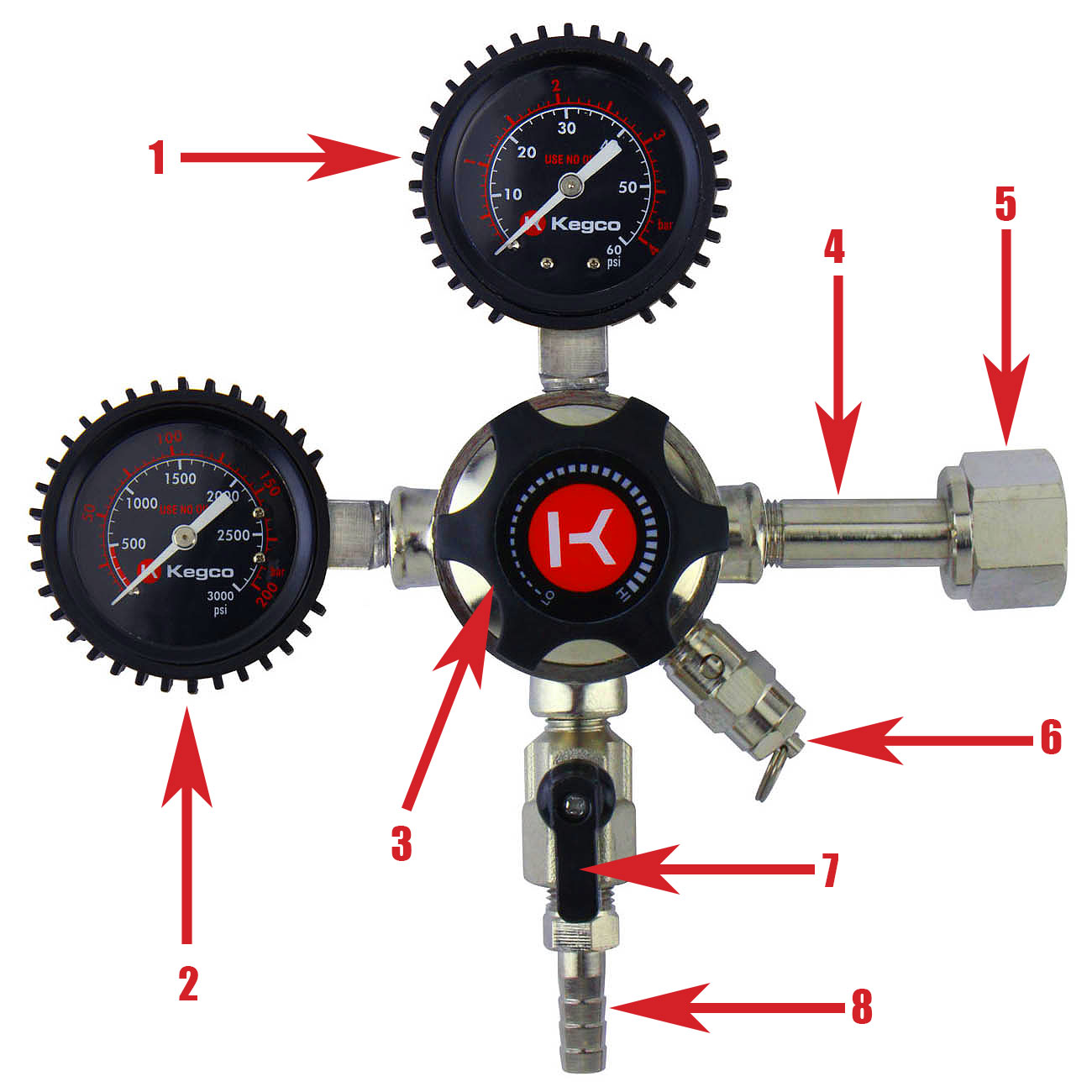
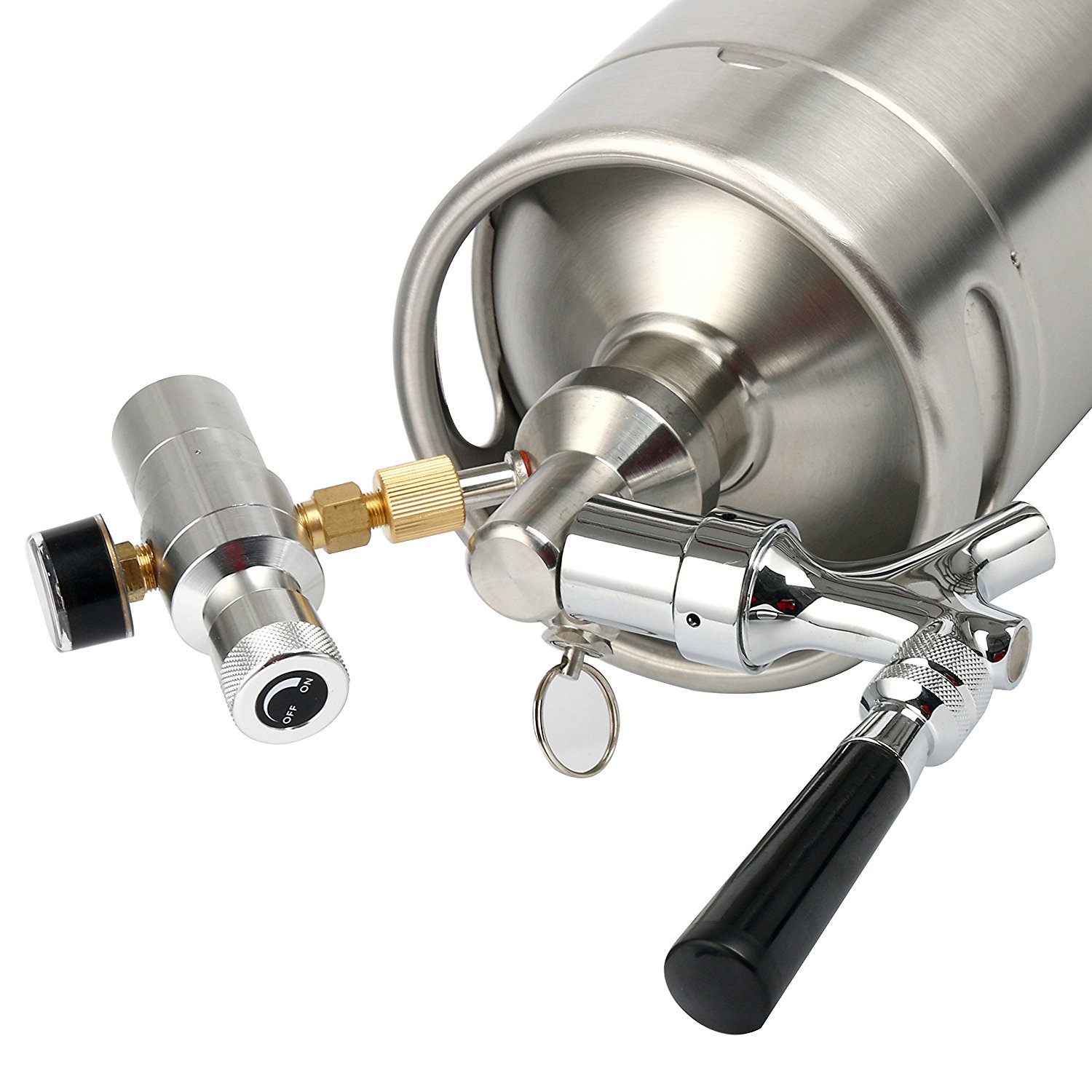
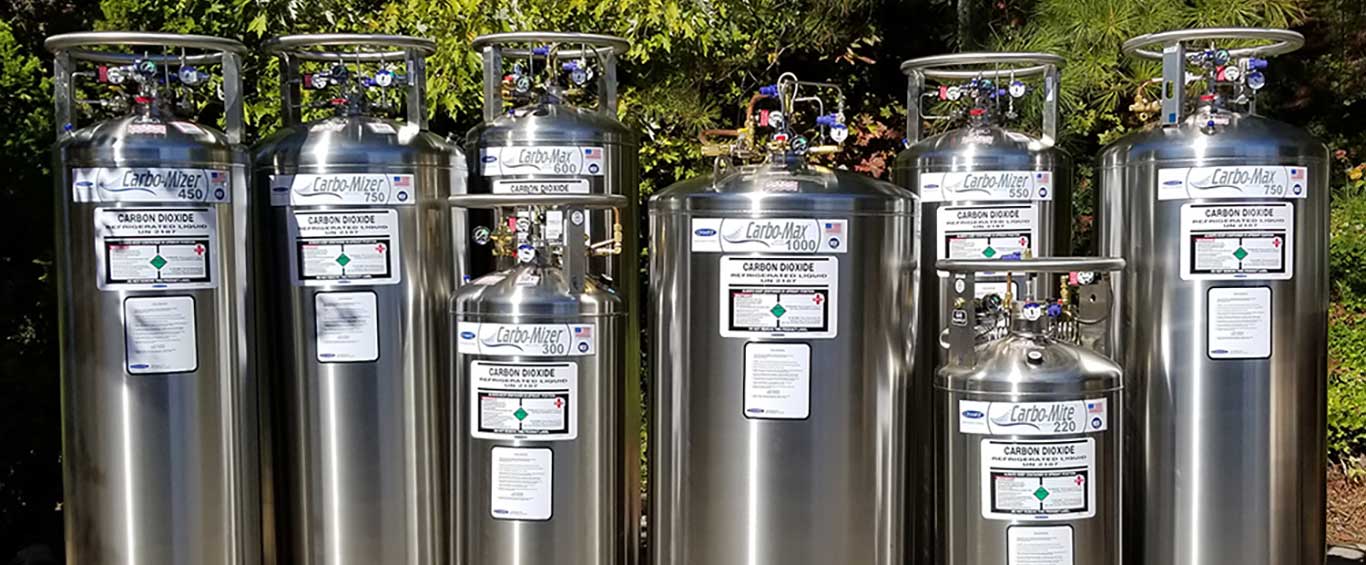
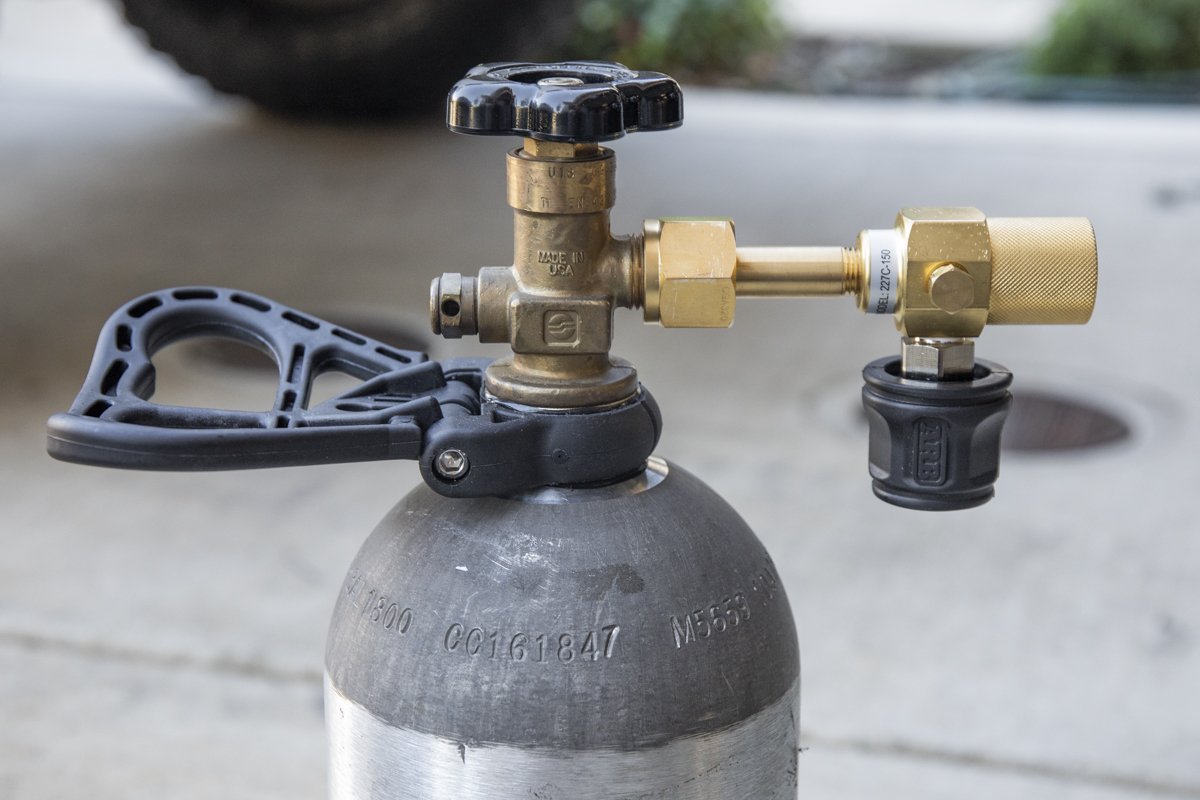
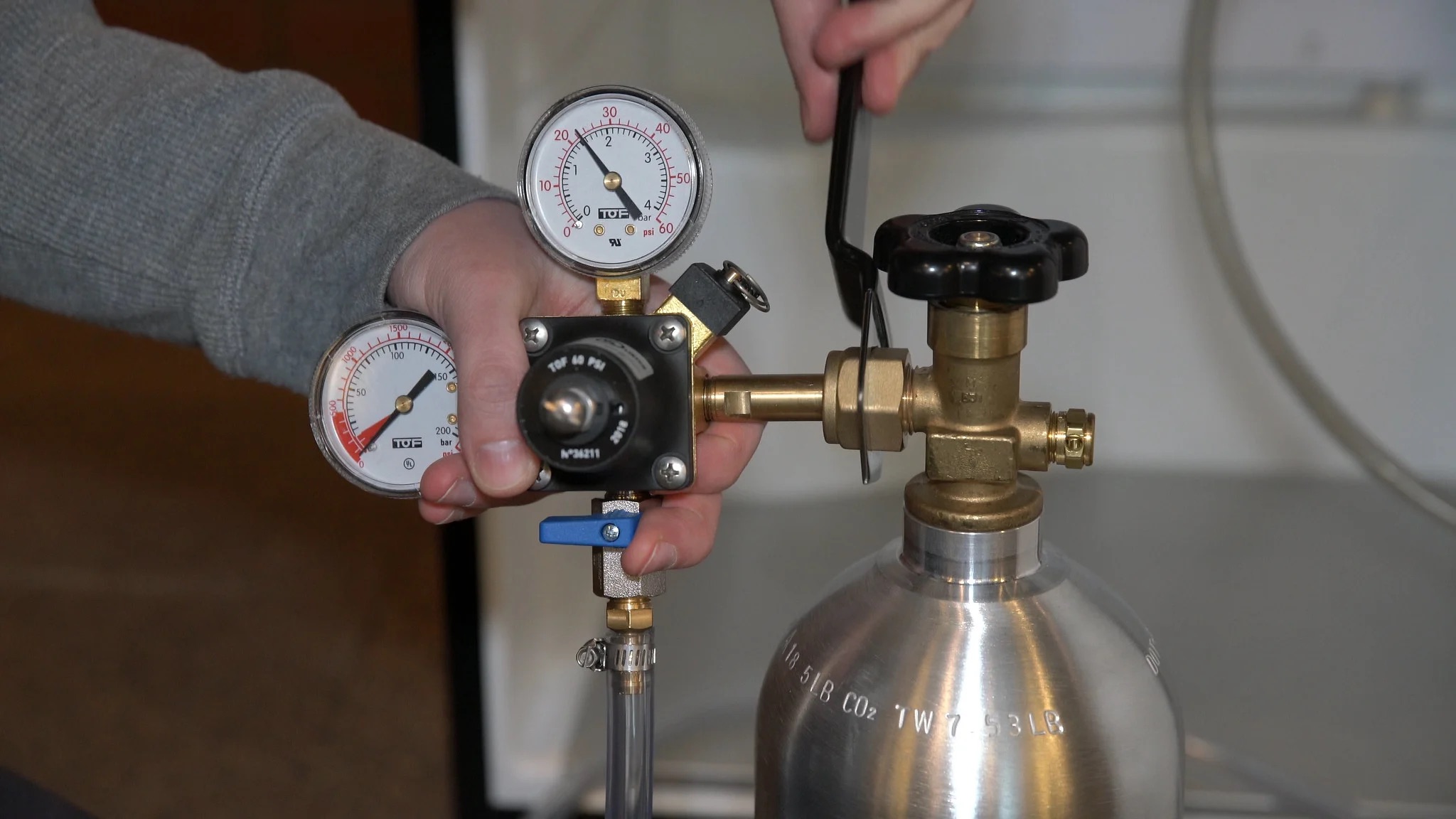
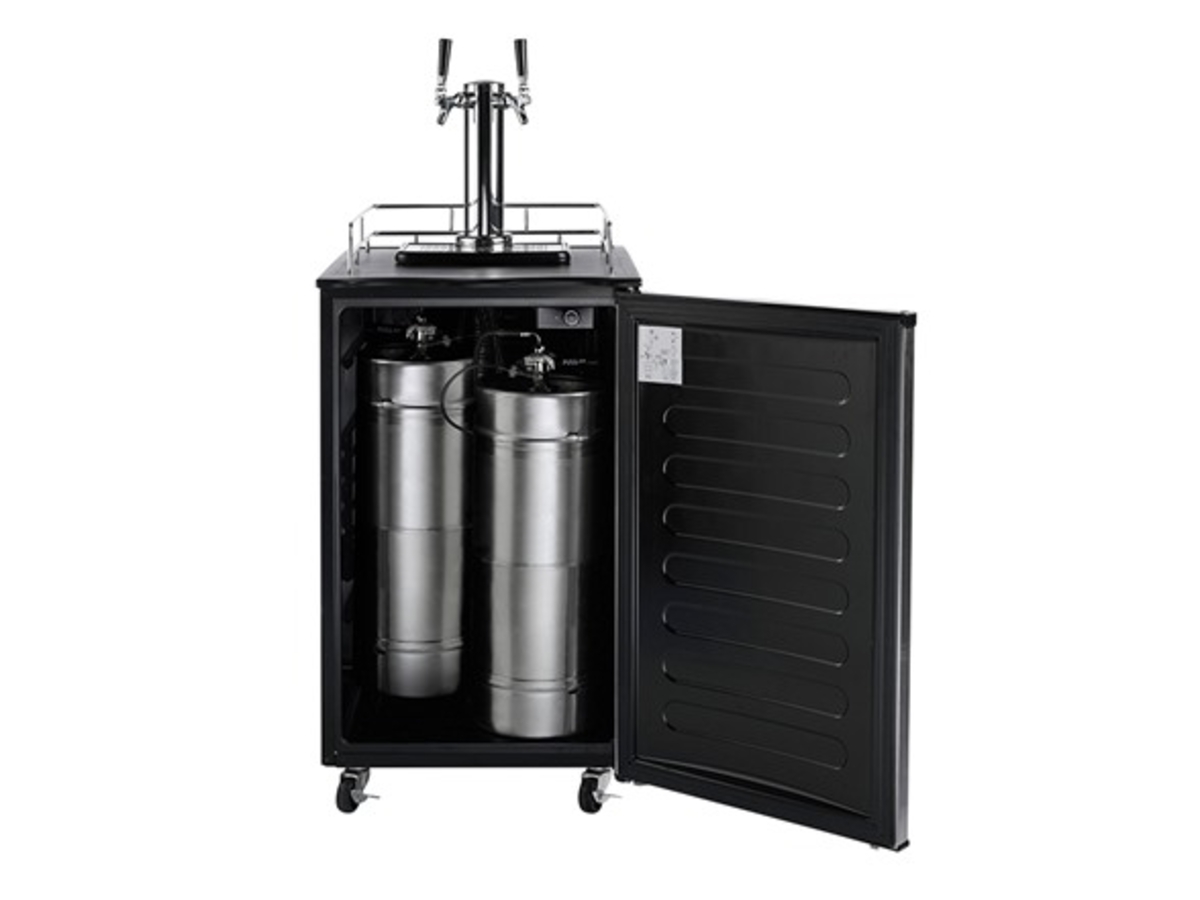
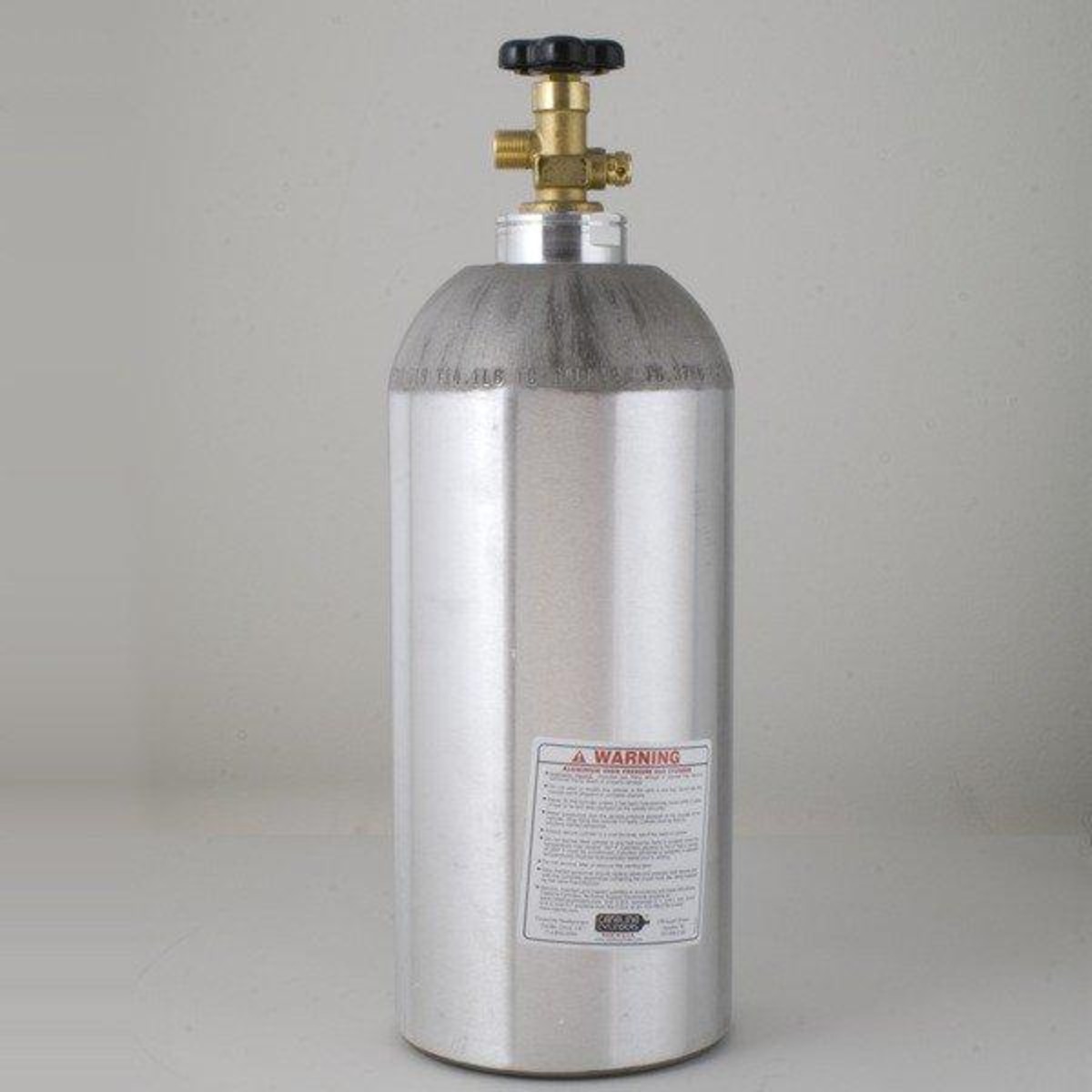
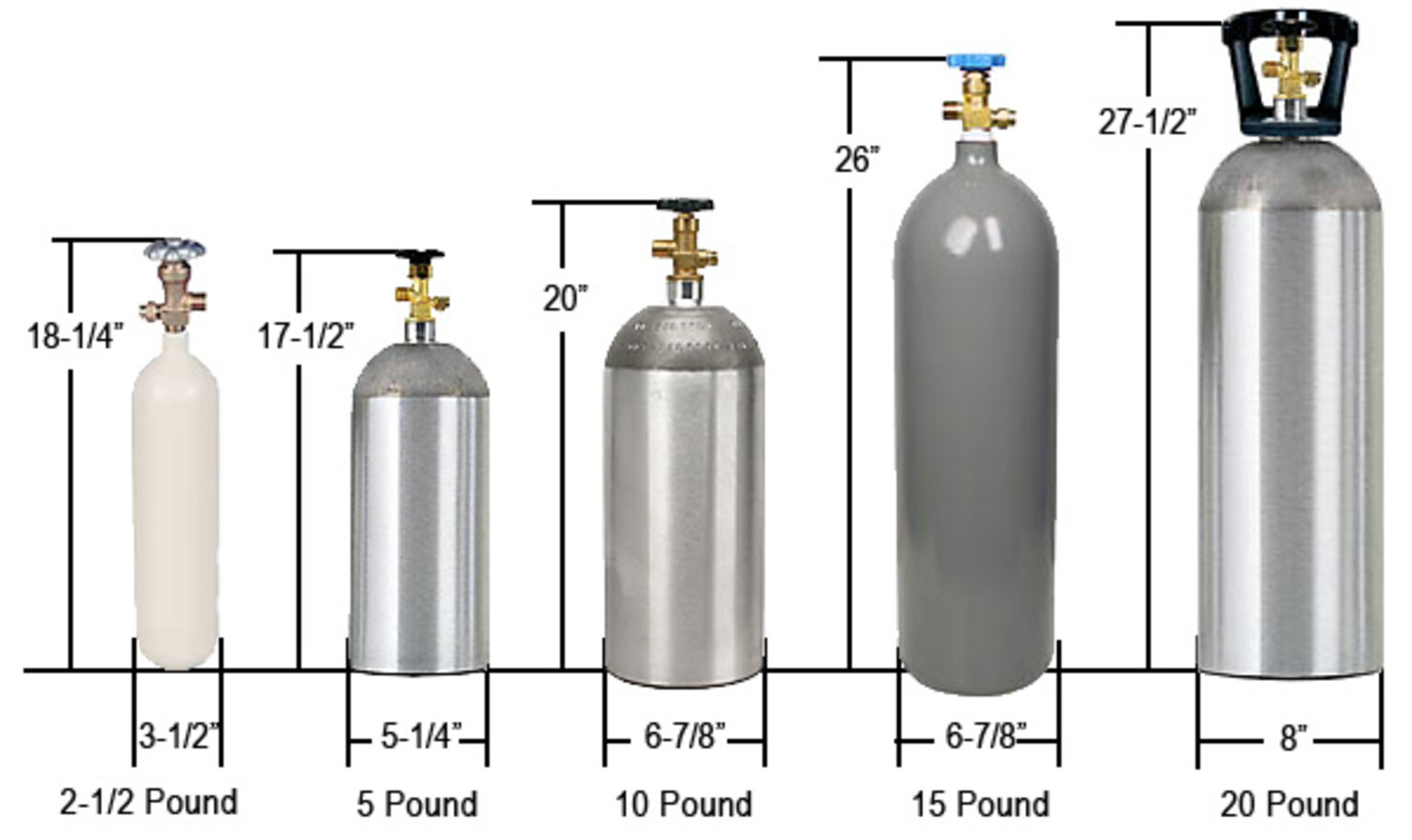
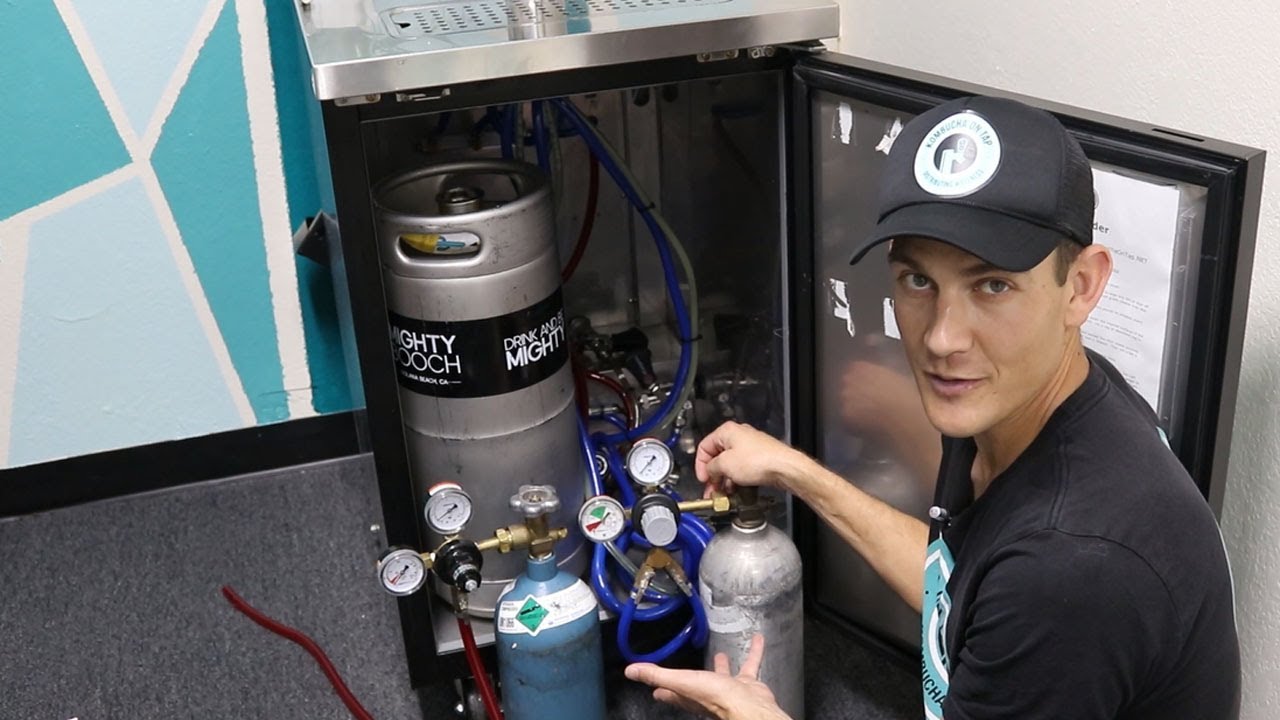
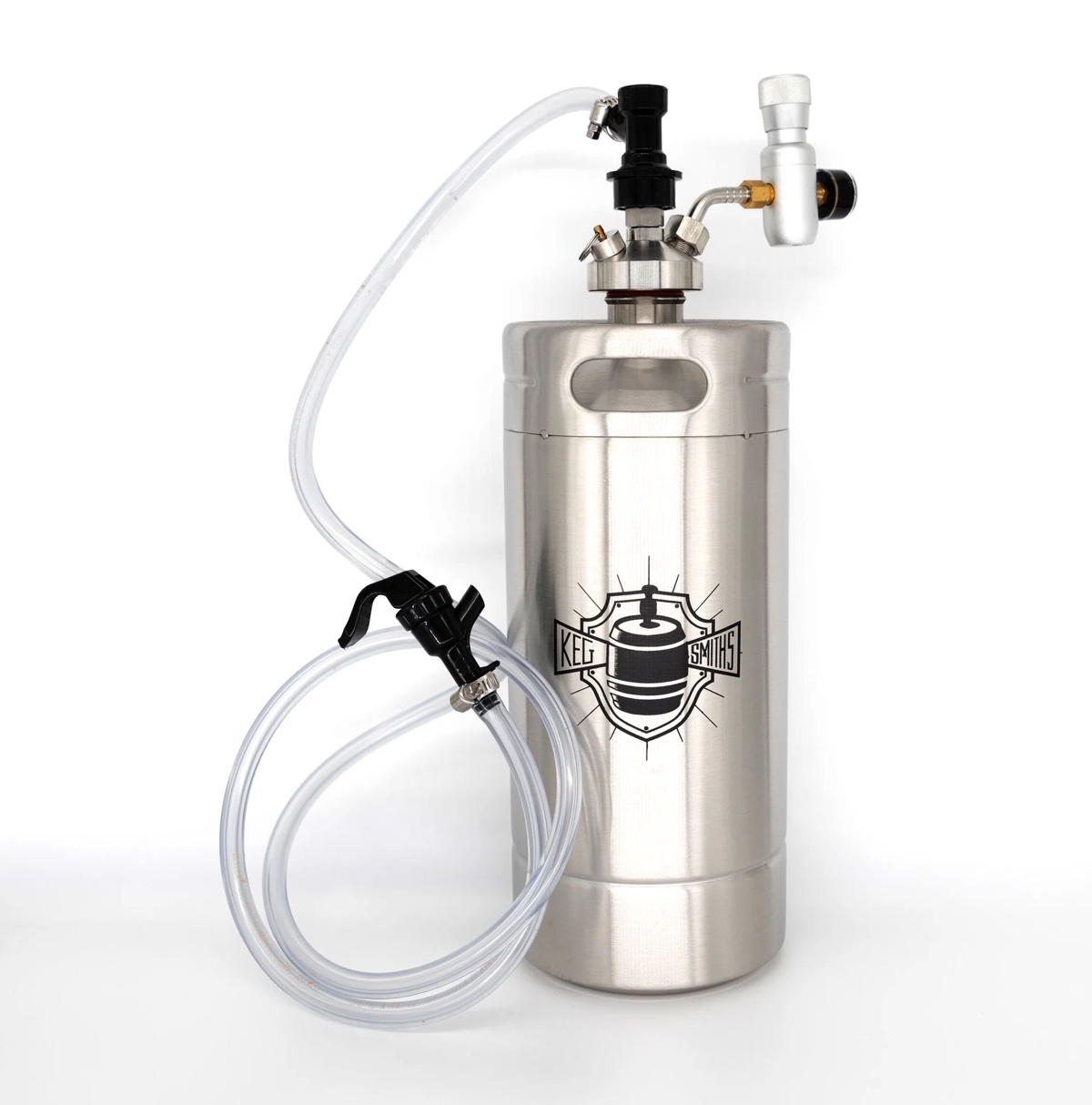
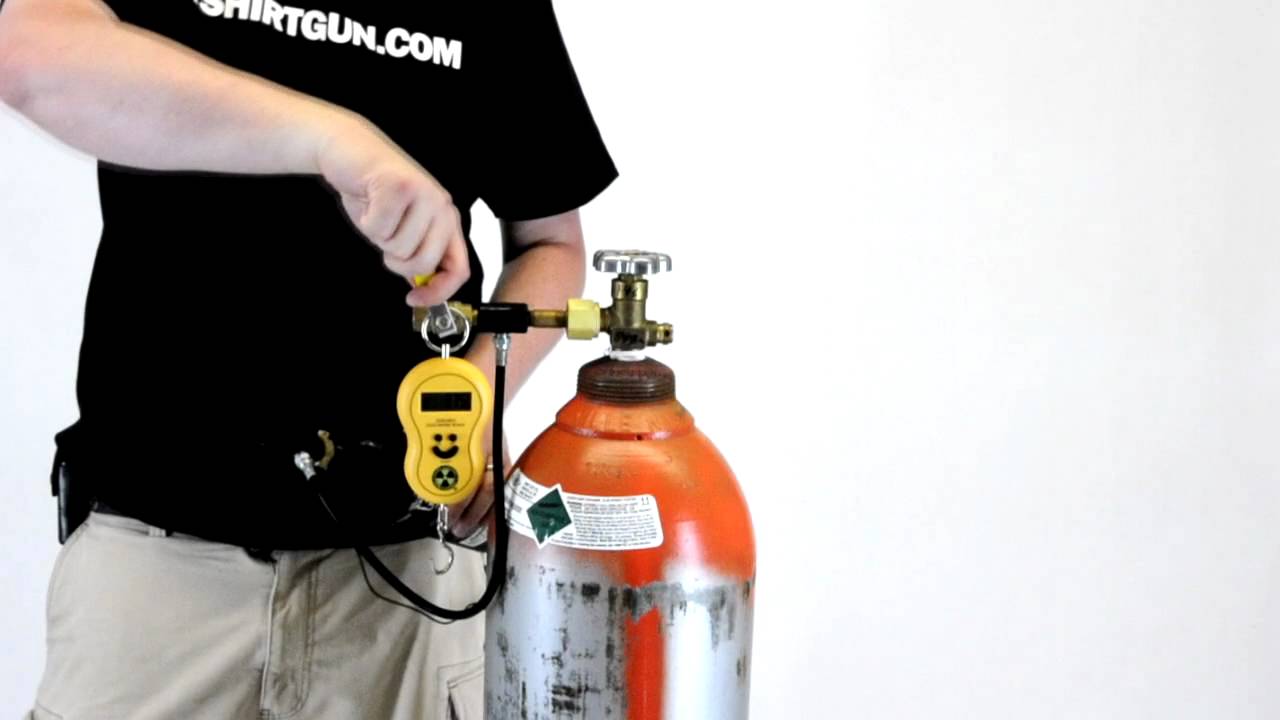
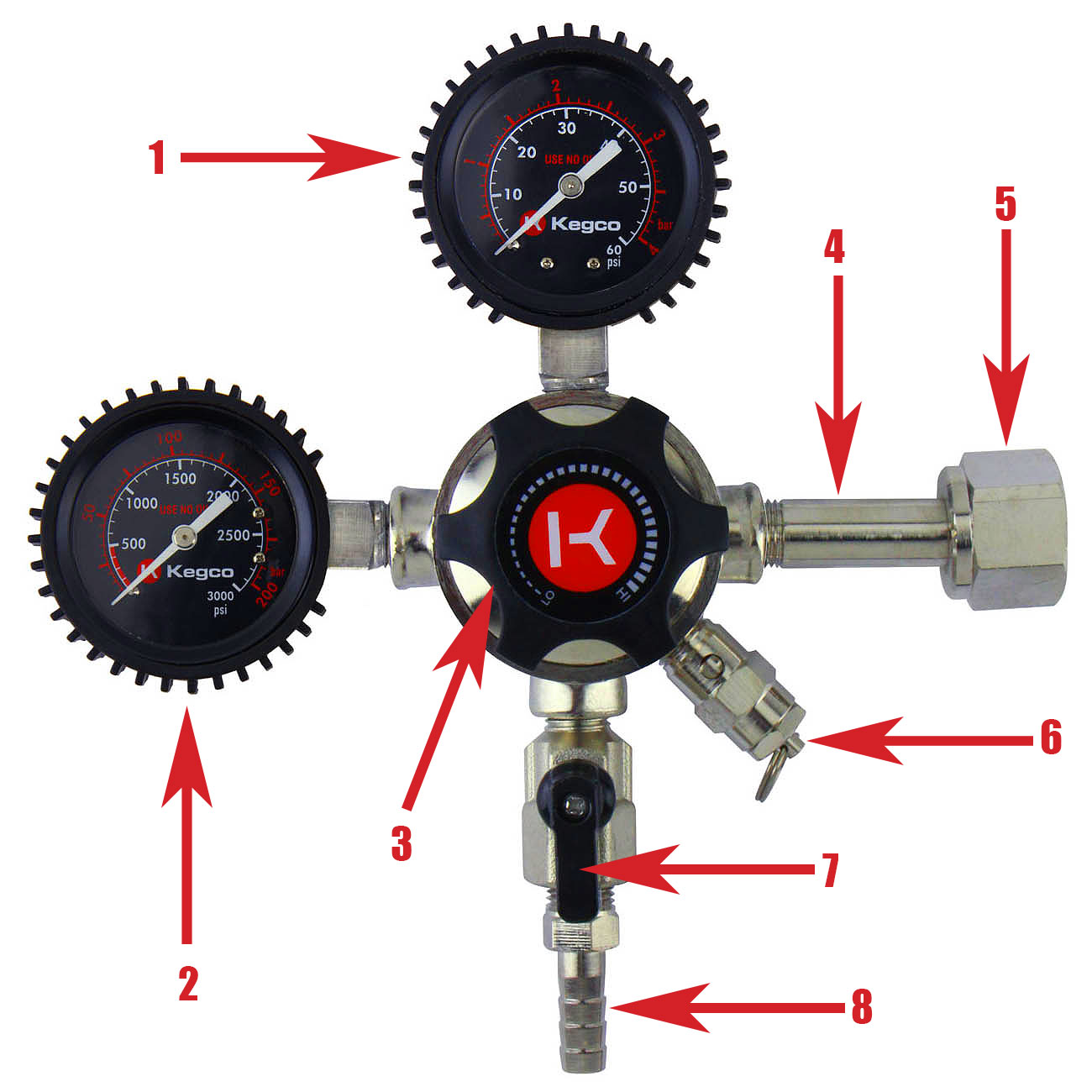
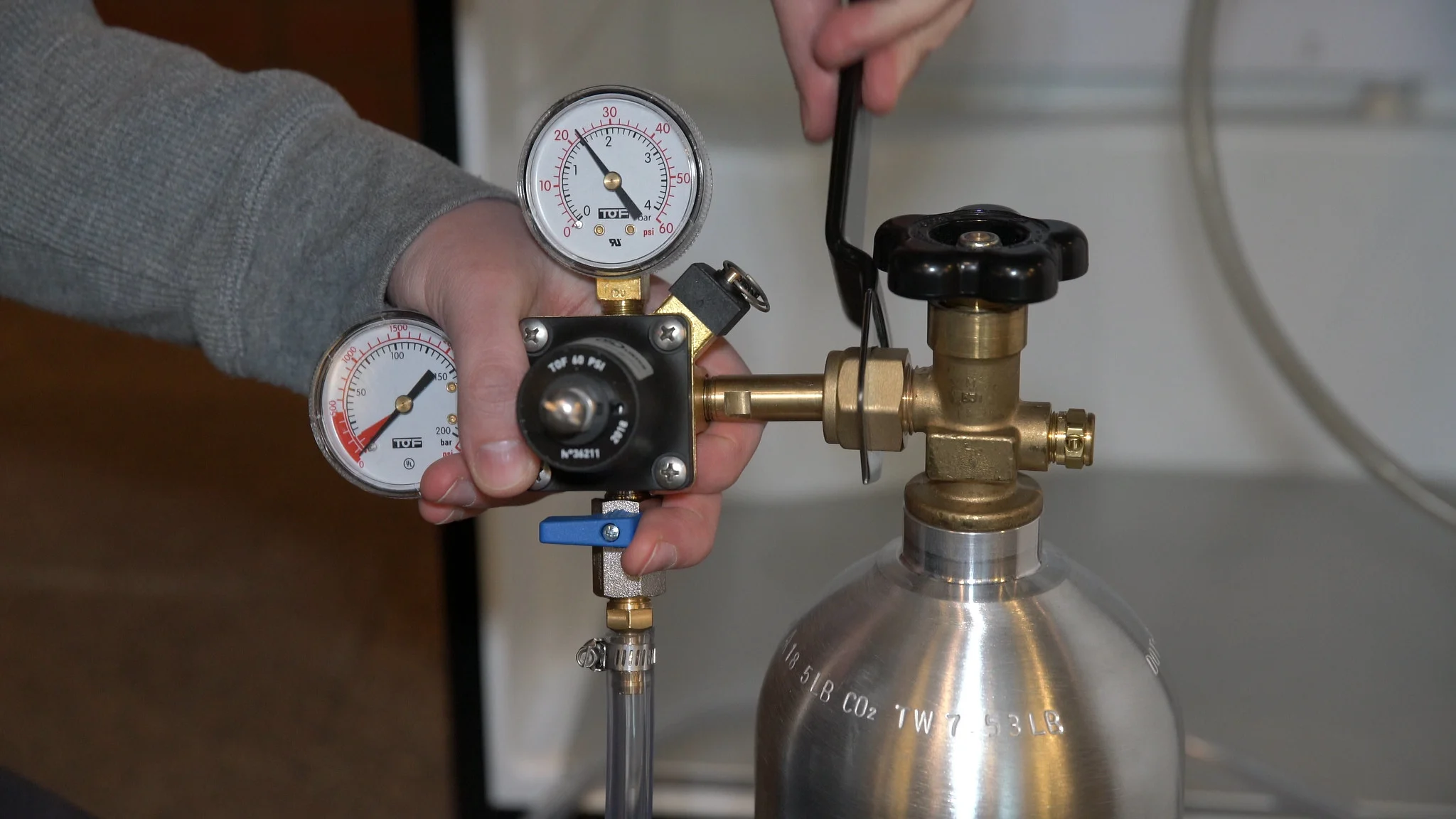
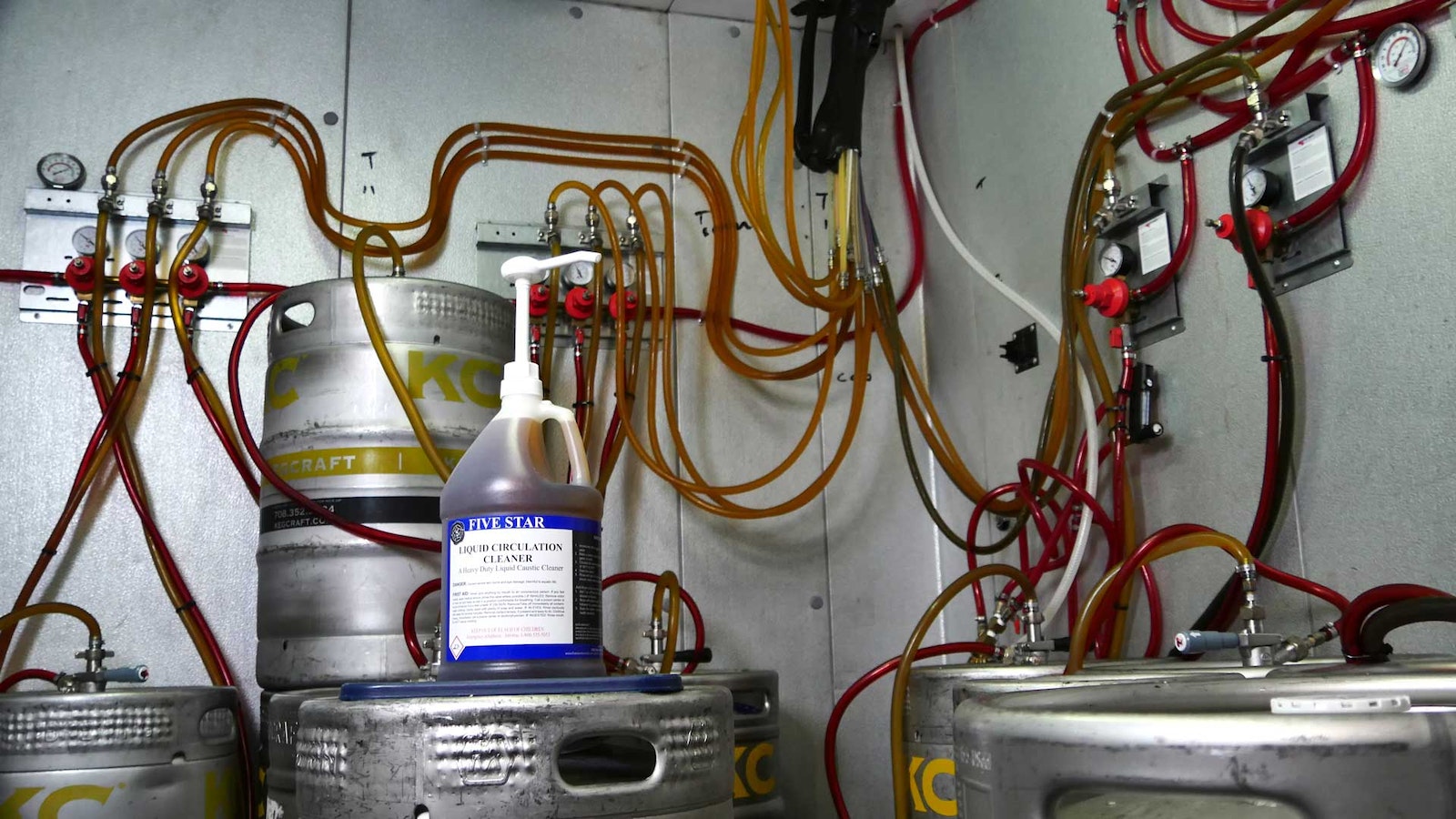

0 thoughts on “Turning Co2 Off When Not Using Kegerator”